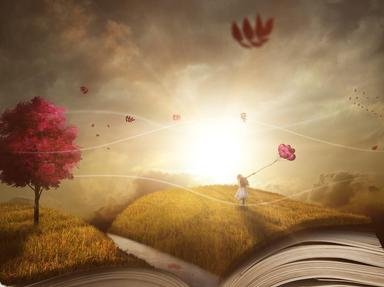Quiz Answer Key and Fun Facts
1. Who was the original Mother Goose?
2. When is Mother Goose Day?
3. Which famous Impressionistic composer wrote the ballet music "Mother Goose"?
4. Mother Goose became popular in England when John Newbery published "Mother Goose's Melody" in 1765. The editor of this book is widely believed to have been an Irish writer, the author of "The Vicar of Wakefield" and "She Stoops to Conquer". Who was he?
5. Nursery rhymes are often thinly disguised descriptions of real people and historical events. "The Grand Old Duke of York" is commonly believed to relate to the War of the Roses - the struggle for the English crown between the Houses of York and Lancaster. Who was the Duke of York?
6. Some scholars have claimed that "Little Miss Muffet" represents a particular queen and the spider represents John Knox, a Scottish religious reformer and founder of Presbyterianism. Which queen is said to be "Little Miss Muffet"?
7. One of the most common "urban legends" is that the nursery rhyme "Ring Around the Rosey" or "Ring-a-Ring o' Roses" is about an epidemic of which disease?
8. Which of the following nursery rhymes is said to have been written as a protest against an export tax on fleece imposed in Britain?
9. In 1714 George I ascended the throne of England. However, a political group called the Jacobites supported the son of the deposed James II's claim to the throne. Which of the following nursery rhymes is NOT a political commentary of (alleged) Jacobite origin?
10. Which of King Henry VIII's ministers is said to be immortalised in the nursery rhyme "Little Boy Blue" because of his failure to secure Henry's divorce from his first wife?
Source: Author
MotherGoose
This quiz was reviewed by FunTrivia editor
Bruyere before going online.
Any errors found in FunTrivia content are routinely corrected through our feedback system.

